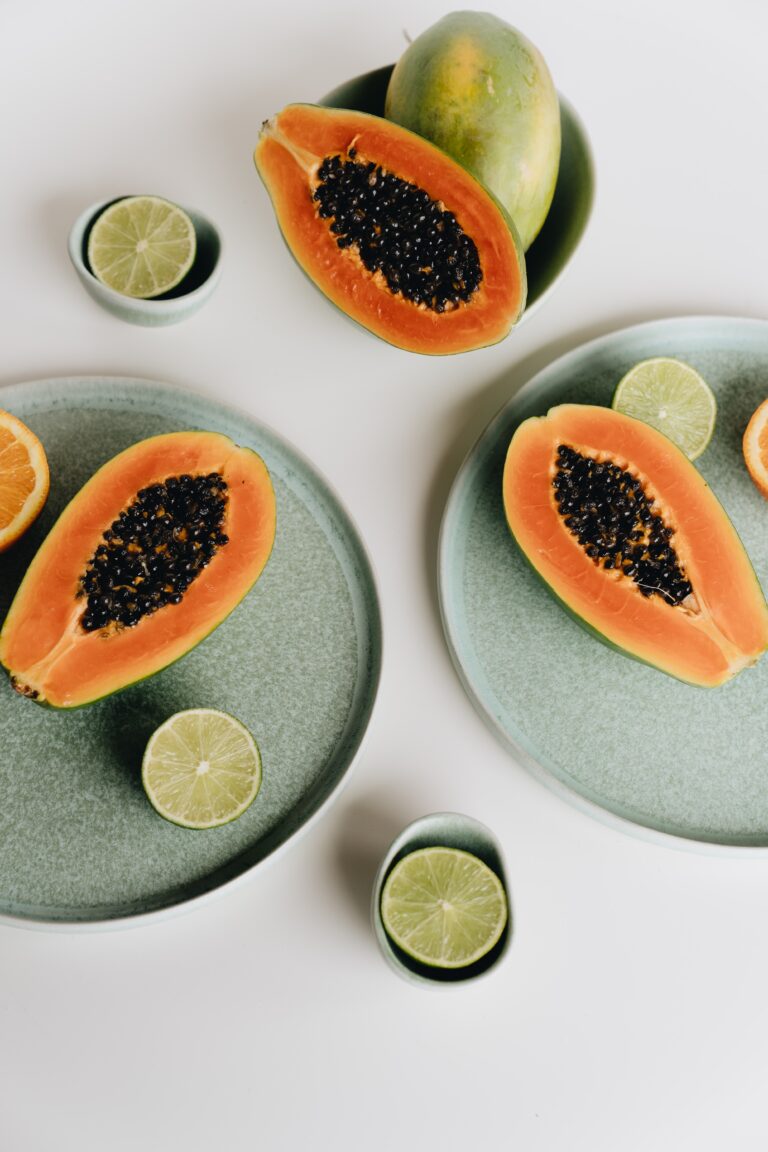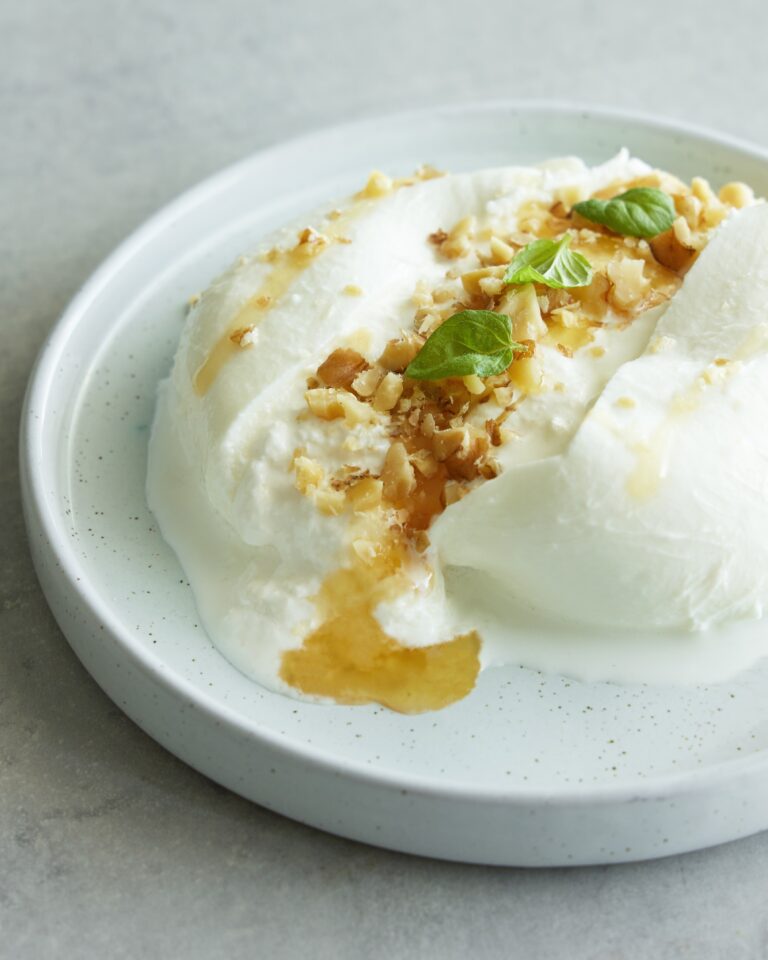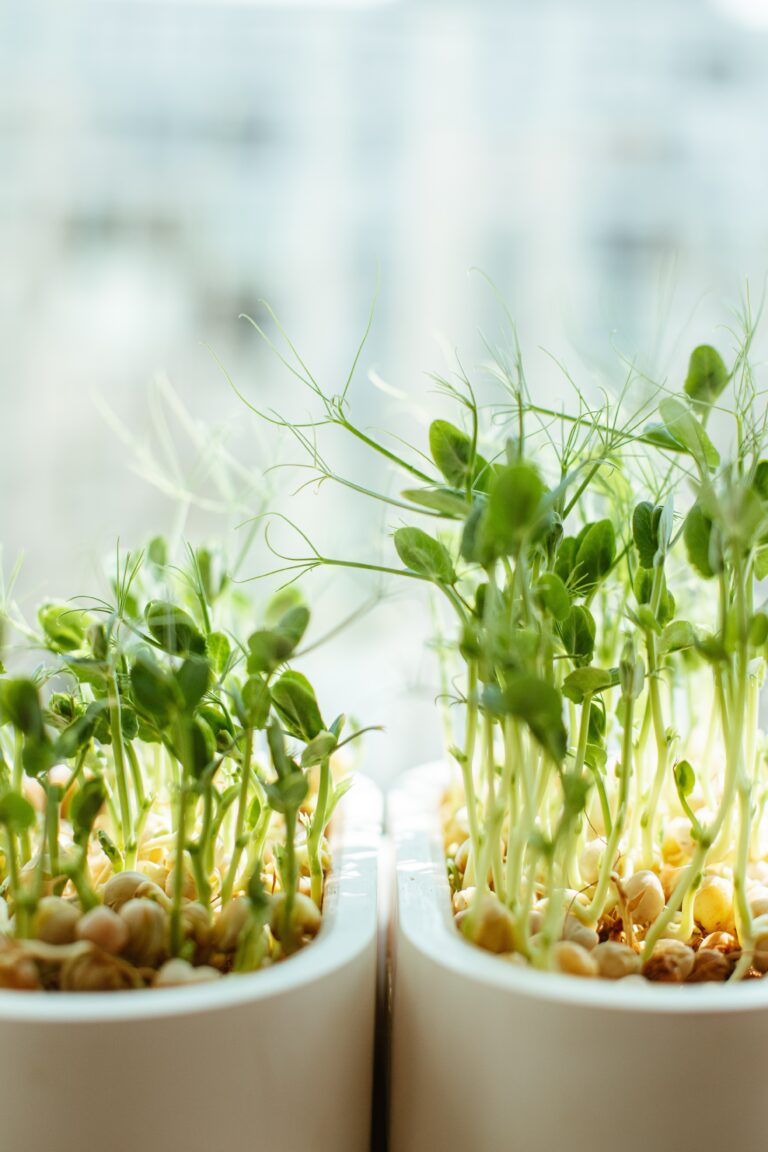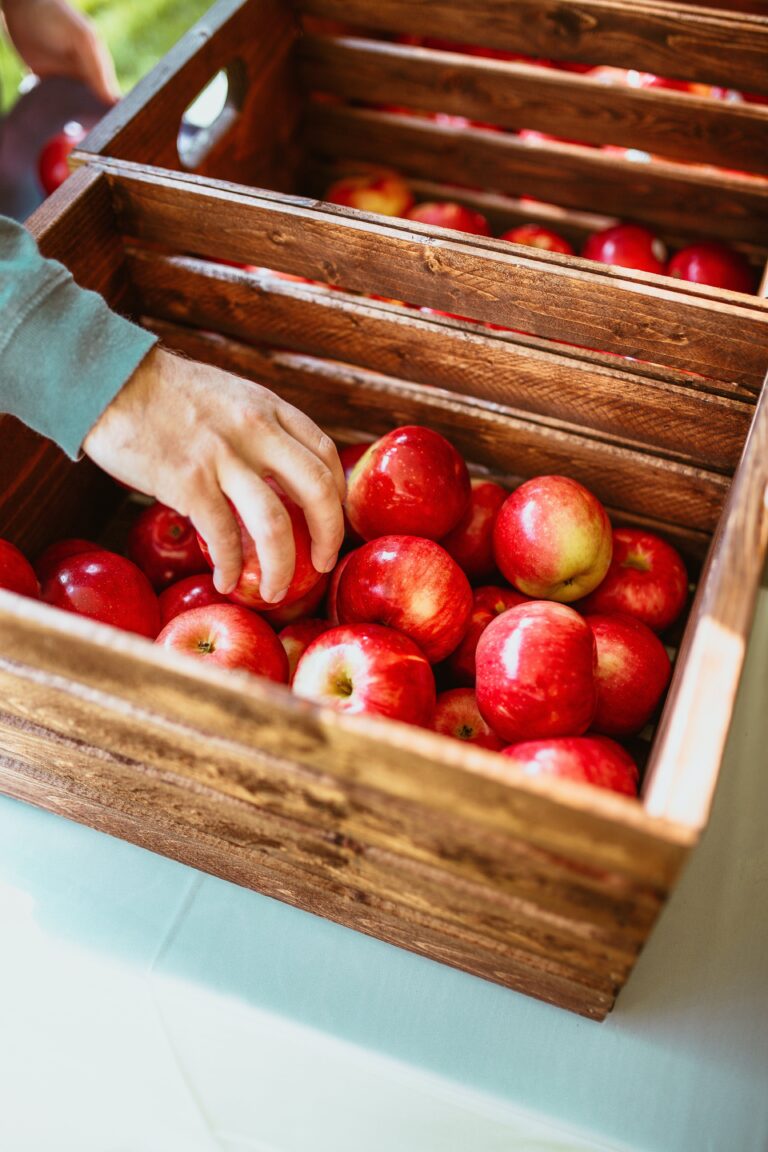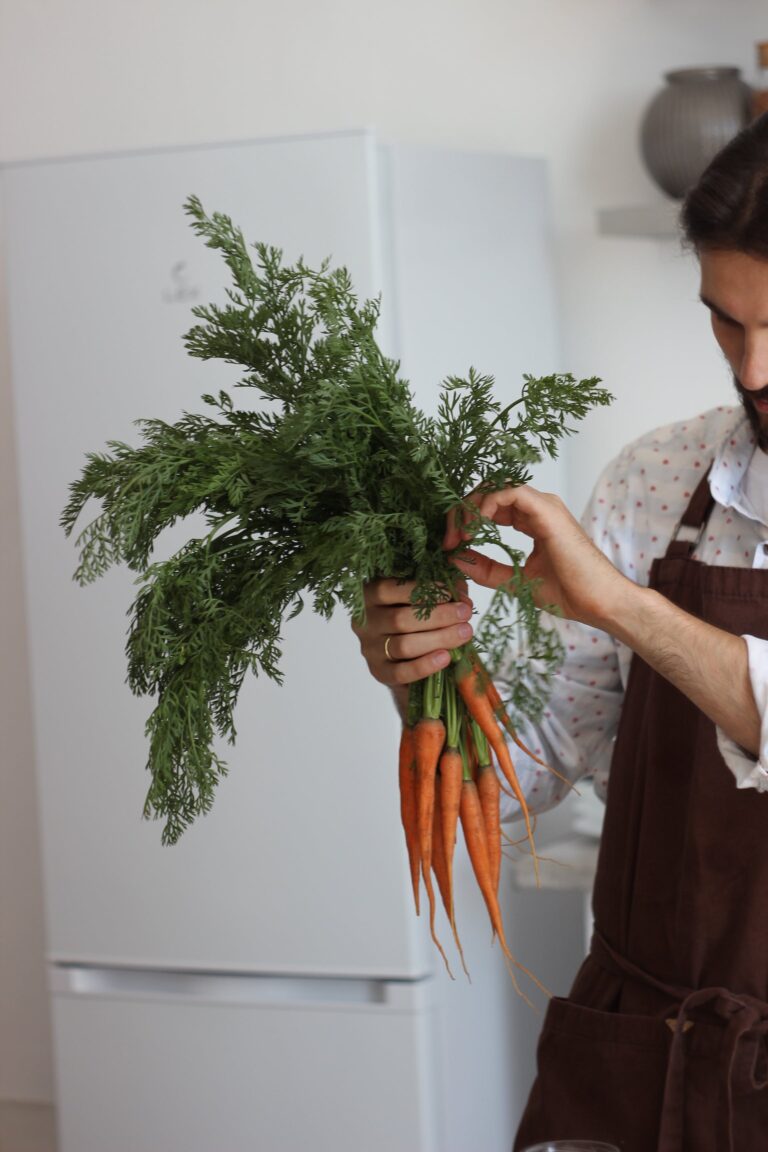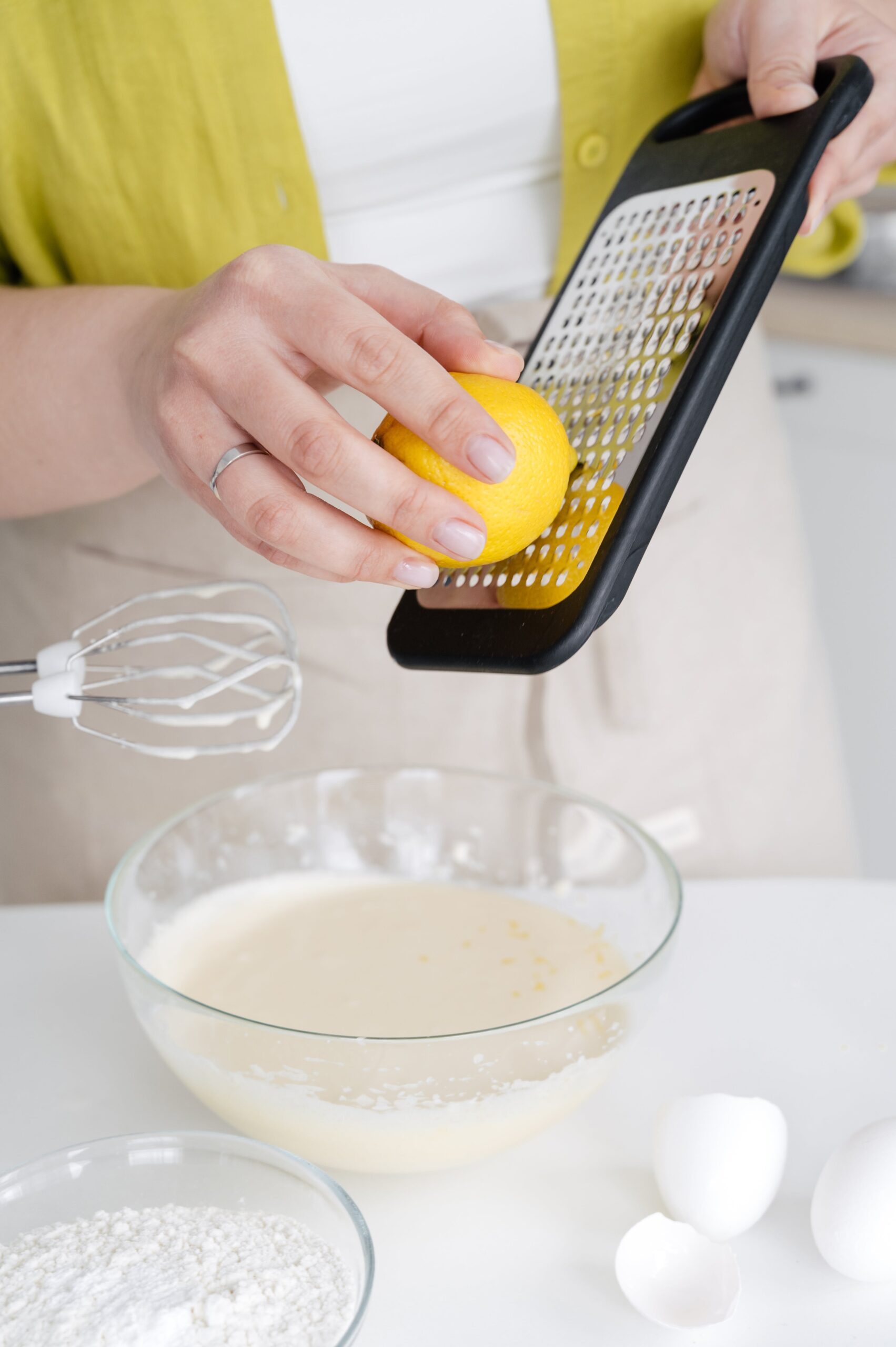
Adding lemon zest to recipes can elevate the flavor profile in an instant, infusing dishes with a burst of citrusy brightness that is hard to replicate with lemon juice alone. Whether you’re looking to enhance the taste of a baking recipe, a savory dish, or even a beverage, knowing how to zest a lemon properly is a fundamental skill for any home chef. This guide will walk you through different techniques to zest lemons, ensuring you get the best flavor while preserving the rest of the fruit for other uses.
What is Lemon Zest
Lemon zest refers to the thin, colored outer layer of the lemon peel, packed with oils that provide a concentrated lemon flavor. It’s important to only use the yellow part of the peel, as the white part beneath it, known as the pith, can be bitter.
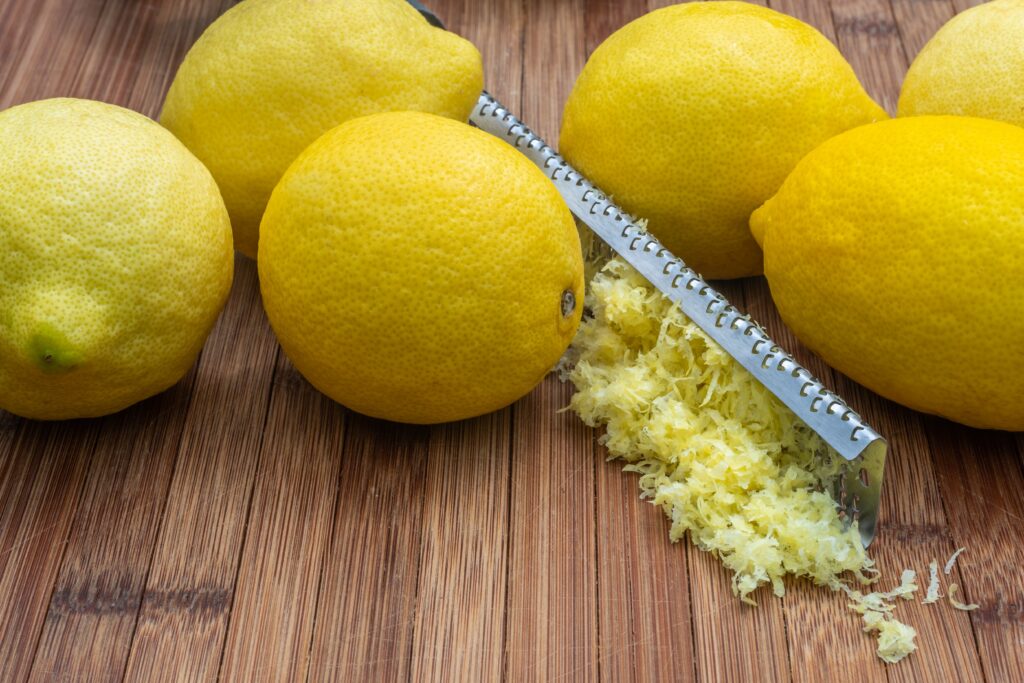
The Best Lemons to Zest
The best lemons to zest are fresh, brightly colored, and firm, with a smooth, thin skin. Organic lemons are often recommended because they are less likely to have been treated with pesticides or wax coatings, which can affect the zest’s flavor and safety. Meyer lemons, with their sweeter, more floral flavor and thin skin, are also an excellent choice for zesting, especially in desserts and sweet dishes.
Regardless of the variety, ensure the lemons are thoroughly washed and dried before zesting to remove any impurities from the skin.
What Does It Mean to Zest a Lemon
To zest a lemon means to remove the outermost layer of the skin (the yellow part) without including the bitter white pith beneath it.
This is done to capture the lemon’s essential oils contained in the zest, which adds a concentrated burst of citrus flavor to various recipes.
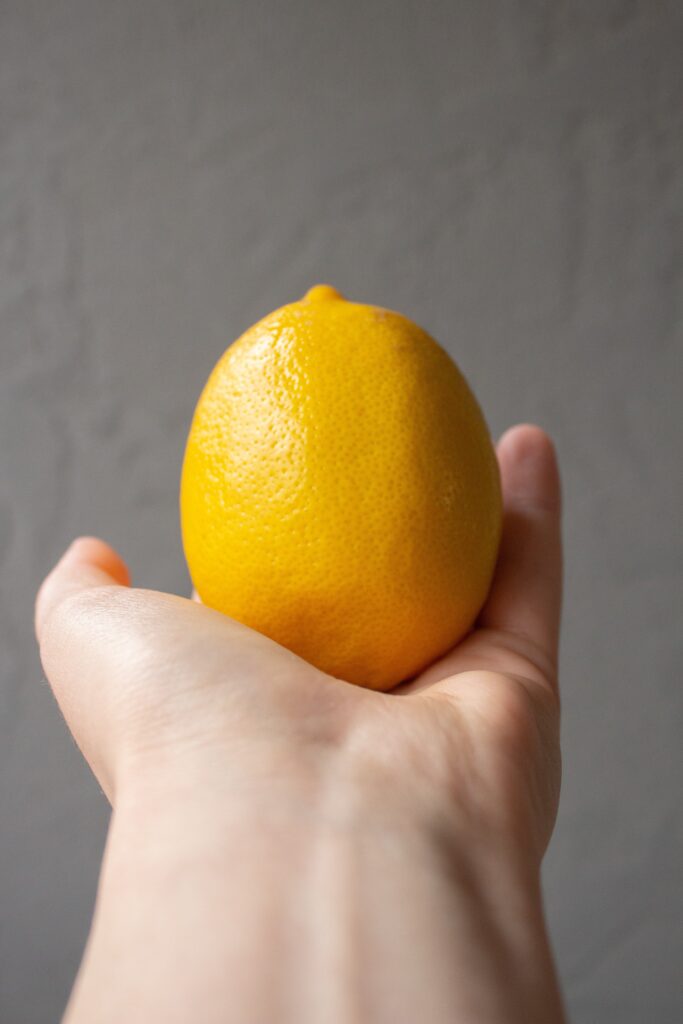
How Much Zest Does a Lemon Have
A typical lemon can produce about 1 to 2 tablespoons of zest, depending on its size and the method used for zesting.
Why Use Lemon Zest
Lemon zest is used to add a vibrant, citrusy flavor to recipes without the acidity of lemon juice. It contains essential oils that infuse dishes with a concentrated burst of lemon aroma and taste, enhancing both sweet and savory creations.
Lemon zest can elevate the flavor profile of baked goods, sauces, marinades, and cocktails, offering a fresh and bright note that complements a wide range of ingredients.
What Tools Do You Need to Zest a Lemon
Before we dive into the techniques, let’s discuss the tools you might need. Each tool offers a different size and texture of zest, so choosing the right one can depend on your recipe requirements.
- Microplane or Citrus Zester: Ideal for creating fine zest perfect for baking recipes or garnishing dishes.
- Vegetable Peeler or Cheese Grater: These tools are great for larger strips of zest, and suitable for infusing oils or making candied lemon peel.
- Box Grater: Offers versatility with different grating sizes.
- Paring Knife or Channel Knife: Best for decorative purposes or larger zest pieces.
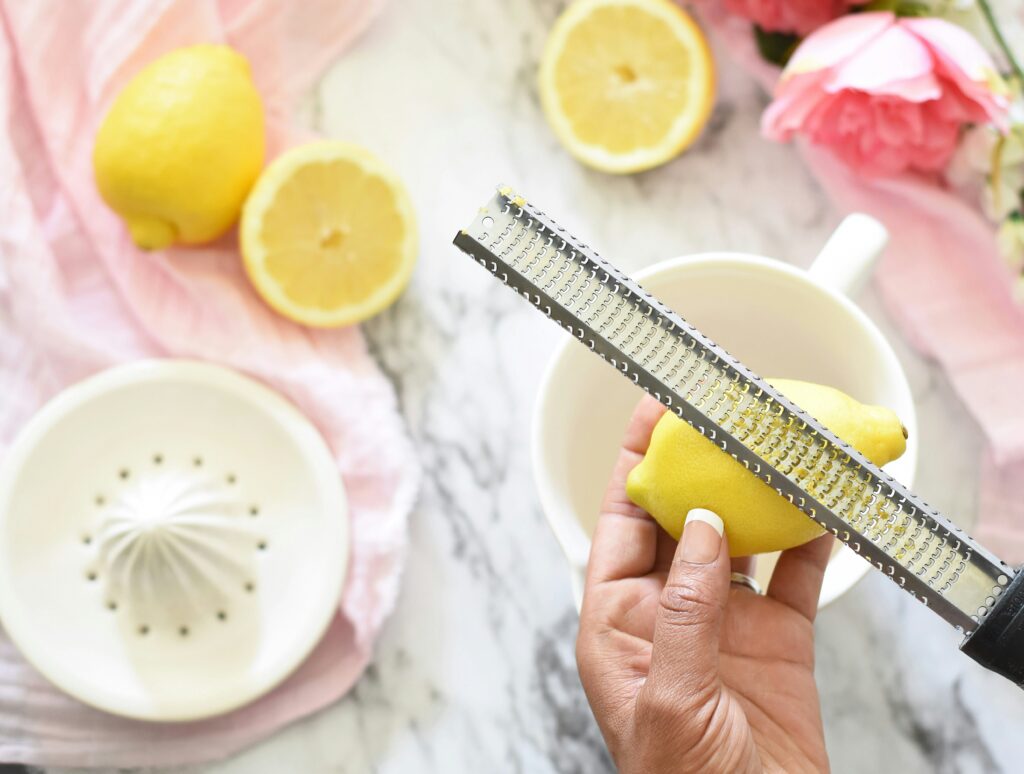
How to Zest a Lemon
Using a Microplane or Citrus Zester
- Hold the lemon in one hand and the microplane in the other. Position the microplane over a cutting board or directly over your recipe to catch the zest.
- Gently move the lemon back and forth across the blades, rotating the lemon to only remove the yellow part. The fine blades of the microplane will produce a fluffy pile of zest perfect for adding a punch of lemon flavor to any dish.
With a Vegetable Peeler or Cheese Grater
- For larger, more decorative zest, use a vegetable peeler to carefully peel off strips of the lemon skin, avoiding the bitter white pith underneath.
- If using a cheese grater, opt for the side with the smallest holes. Grate the lemon similar to how you would a piece of cheese, turning the lemon to avoid the pith.
Box Grater Method
- Place the box grater on a stable surface and hold the lemon in one hand. Use the side of the grater with the smallest holes for a fine zest.
- Grate the lemon in downward strokes, rotating it to zest only the yellow part. This method is a bit more cumbersome but works well if you don’t have a microplane.
Paring Knife or Channel Knife Technique
- For recipes requiring long, curly strips of zest, a channel knife is your best bet. Carefully pull the knife across the peel, applying even pressure to create uniform strips.
- A paring knife can also be used to remove larger pieces of the peel, which can then be minced into smaller pieces as needed.

Tips for Zesting a Lemon
Zesting a lemon efficiently and safely can enhance your cooking with vibrant flavors. Here are some tips to get the most out of your lemon zest:
- Choose the Right Lemon: Opt for fresh, ripe lemons with bright, unblemished skin. Organic lemons are preferred to avoid wax and pesticides.
- Wash and Dry: Always wash the lemon thoroughly under running water to remove any dirt, wax, or pesticides. Dry it well to make zesting easier and safer.
- Use the Proper Tool: Depending on your needs, use a microplane for fine zest, a vegetable peeler for larger strips, or a zester for medium-sized zest. Ensure your tool is sharp and clean.
- Light Pressure: When using a microplane or zester, apply light pressure to avoid removing the bitter white pith beneath the yellow skin. The zest should only be the outermost, colored layer.
- Zest Before Cutting: If you also need lemon juice, zest the lemon before cutting it in half to juice. It’s much easier to zest a whole lemon.
- Rotate the Lemon: As you zest, rotate the lemon to avoid zesting the same area twice. This helps prevent reaching the bitter pith.
- Tap the Tool: After zesting, tap your tool against a cutting board or bowl to release any zest that might be stuck.
- Experiment with Quantity: Start with a small amount of zest and taste as you go. Lemon zest can be powerful, and it’s easier to add more than to fix a dish that’s become too lemony.
- Clean Your Tools Right Away: Citrus can corrode or stain, so clean your zesting tools immediately after use to keep them sharp and effective.
By following these tips, you can efficiently zest lemons and add a burst of citrus flavor to your dishes, enhancing the overall taste and aroma of your cooking.
How to Use Lemon Zest
Incorporate the zest into your recipes to add a bright, citrusy flavor. It’s perfect for enhancing baked goods, marinades, dressings, sauces, and garnishes. You can also infuse it into oils, syrups, or use it as a flavorful topping for dishes just before serving to add a fresh lemon aroma and taste. Lemon zest brings a concentrated burst of lemon flavor to both sweet and savory creations without the added liquid or acidity of lemon juice.
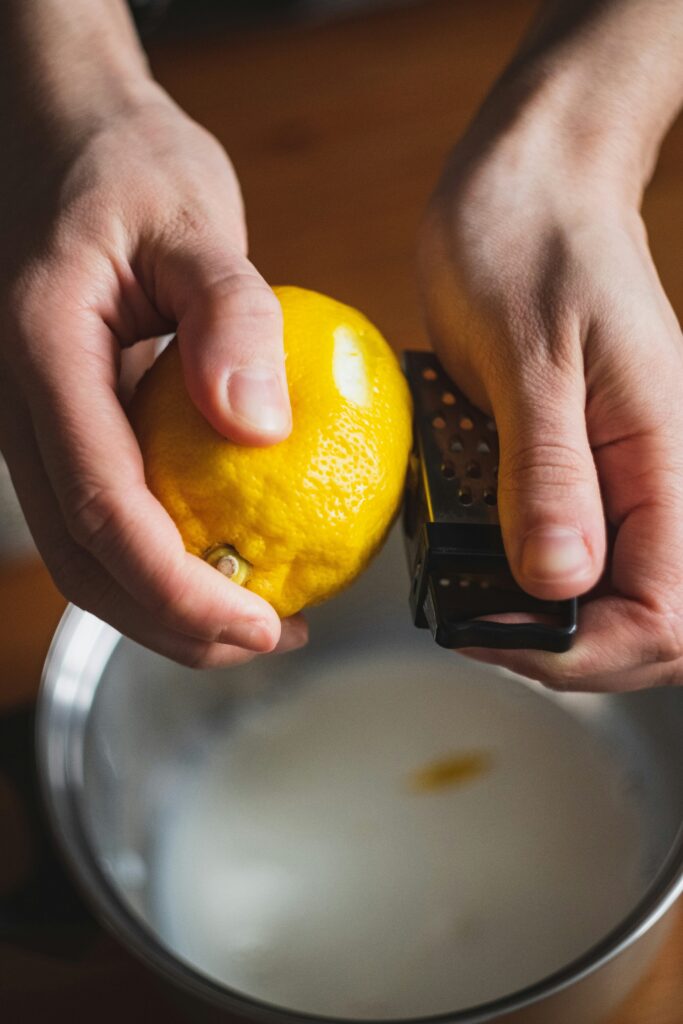
Recipes That Use Lemon Zest
Here are a few recipes that showcase how lemon zest and take a dish to the next level:
Baked Goods
Incorporate lemon zest into the dough or batter of cakes, cookies, muffins, and bread for a subtle lemony flavor. It pairs wonderfully with ingredients like blueberries, raspberries, and poppy seeds.
suggested recipes
- Blueberry and Lemon Scones (with Basil)
- Strawberry Oat Muffins with Lemon Zest
- Lemon Zucchini Cake
- Lemon Olive Oil Cake
Marinades and Dressings
Add zest to marinades and dressings to give a citrus kick to meats, seafood, and salads. Lemon zest can break down the fats in meats, tenderizing them and adding depth of flavor.
suggested recipes
Sauces and Glazes
Stir lemon zest into sauces and glazes for an added layer of complexity. It works particularly well in cream sauces, fruit glazes, and chocolate ganache.
suggested recipes
Garnishing
Use fresh lemon zest as a garnish on dishes just before serving to add color and a burst of flavor. It’s especially effective on top of pasta, risotto, and seafood dishes.
suggested recipes
Infusions
Infuse lemon zest into oils, vinegars, or syrups to create lemon-flavored condiments that can be used in cooking or as dressings.
Suggested recipe
Desserts and Sweets
Lemon zest can be added to custards, lemon bars, ice creams, and other desserts for a citrus note that balances sweetness.
Teas and Cocktails
Enhance the flavor of hot teas or cold cocktails by adding a pinch of lemon zest. It lends a refreshing aroma and taste that complements many beverages.
Suggested
Seasoning Blends
Combine lemon zest with herbs and spices to create unique seasoning blends for chicken, fish, and vegetables. Just like Lemon Pepper seasoning.
Important to Note
Remember, a little goes a long way with lemon zest due to its concentrated flavor. Always zest the lemon before juicing it if you need both components for your recipe. To ensure the best flavor, use the zest from fresh, preferably organic, lemons to avoid any wax or pesticides.
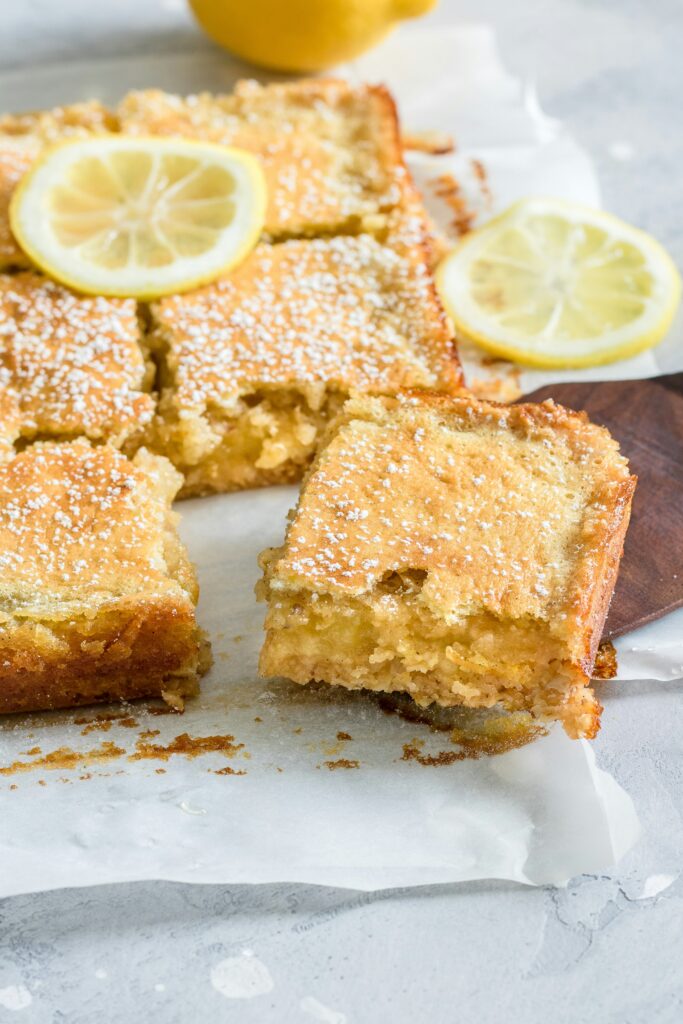
How Do You Store Lemon Zest
Once you’ve zested your lemon, it’s crucial to store any leftover zest properly to retain its flavor. Place the zest in an airtight container and refrigerate for up to a week or freeze for longer storage. This way, you’ll always have fresh lemon zest on hand for elevating your recipes.
Frequently Asked Questions
Is lemon zest just the peel?
No, lemon zest is the outermost, colored layer of the peel, not the entire peel, and excludes the bitter white pith beneath.
What tool to zest a lemon?
A microplane, zester, vegetable peeler, or paring knife can be used to zest a lemon.
How to zest a waxed lemon
To zest a waxed lemon, wash it in warm, soapy water and scrub gently to remove the wax, then rinse and dry before zesting.
Can I zest a lemon ahead of time
Yes, you can zest a lemon ahead of time. Store the zest in an airtight container in the fridge for a few days or freeze for longer storage.
Conclusion
Zesting a lemon is a simple yet impactful way to enhance your culinary creations, adding a bright, citrusy flavor that can elevate the rating of any recipe. Whether you prefer a microplane for fine zest, a vegetable peeler for larger strips, a box grater for versatility, or a knife for decorative zest, mastering these techniques will ensure you get the most out of every lemon. Remember, the key to perfect zest is to remove only the flavorful yellow part of the peel, leaving the bitter pith behind. With these tips in hand, your home cooking will reach new heights of flavor.

Christopher is a food and lifestyle expert, recipe developer and the content creator behind May Eighty Five. With years of experience in the kitchen, he also shares tips, tricks and how to’s that he has learnt over the years. Every week, he shares quick, simple and mostly healthy recipes along with some home and entertaining tips. You will find flavorful cocktails, delicious appetizers, tasty mains and some indulgent desserts. As a home decor enthusiast, he also likes to share simple DIY projects and simple tips for a beautiful home.


